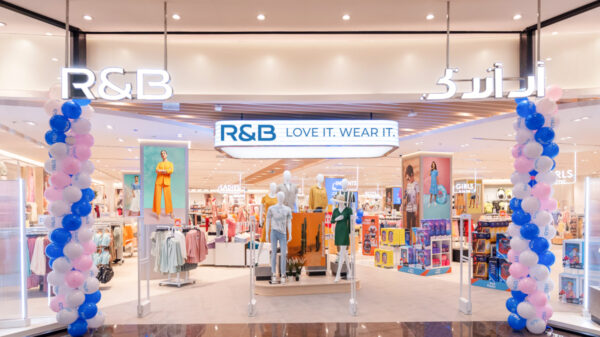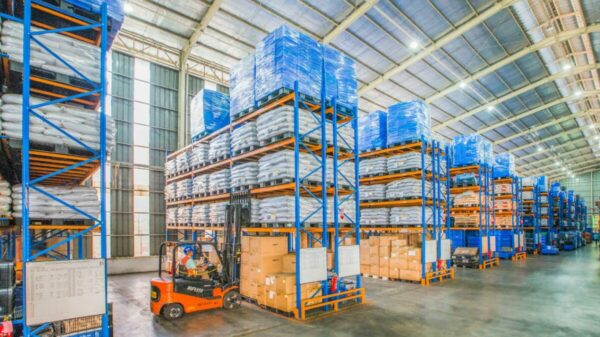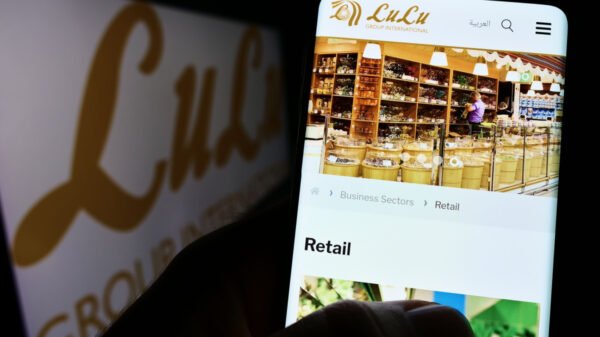For a long time, companies have been toying with the idea of using drones to make deliveries. However, using drones has often proven difficult for a multitude of reasons. For one, we were not sure if they were safe, causing governments to worry about national security. But even if drone deliveries were certified as safe, they still puzzled businesses who could not figure out a profitable model.
The UAE, Saudi Arabia, Kuwait, and Egypt have shown interest in developing this technology. But so far, it has been limited to only a few large corporations in the USA like Amazon, Walmart, UPS, and Domino’s Pizza. Now, as tech companies make cheaper drones, will retailers adapt to this new method of delivering items?
In Oman, research by UVL Robotics has demonstrated that drone deliveries are comparable in price to traditional couriers, and that delivery costs are compatible with a profitable business model. Tech HQ reported that the company also had to first prove to Omani authorities that drone delivery is safe.
These delivery drones include several built-in safety precautions, such multiple rotors, which allow the units to continue flying even if up to two of the aircraft’s motors fail. Drones are equipped with GPS transceivers and LiDAR for precise range finding.
Moreover, in the event that autonomous flight fails, human pilots can take over the controls. Additionally, the delivery drones have a parachute to provide a smooth landing in the worst-case scenario. They are connected with unmanned traffic management (UTM) systems, which keep track of where drones are in certain airspace. To meet regulatory criteria, delivery drones transmit telemetry—which includes speed and location information—in real time while in flight. Telemetry data can also be used for predictive maintenance, providing notice before any servicing is required. For instance, if parameters begin to deviate from their typical values.
The Sultanate’s Civil Aviation Authority has granted UVL Robotics the first Beyond Visual Line of Sight (BVLOS) authorization in the area for drone delivery. This makes it possible for the business to run daily operations.
How can retailers reduce drone costs?
The cost per delivery will be cheap if you make many deliveries over a short distance or time. Similarly, the price per parcel will be cheap if you drop off a lot of packages at the same location. This concept is incompatible with drones, since they can only travel shorter distances with lighter packages.
But Amazon, in 2015, claimed that 86 per cent of its packages weigh under 5 pounds. At the same time, Walmart said that 70 per cent of Americans live within 5 miles of a Walmart. This is great news for retailers that have several locations in a particular region, as they can invest in drones that can deliver packages within minutes.
Already in India, entrepreneurs are hoping to secure funding for their business concept of making drones affordable to customers and introducing them in shopping malls. Oshi Kumari, Arth Chowdhary and Devyant Bhardwaj had invested only Rs 5,000 (US$ 62) when they first founded Team InsideFPV, and now they ask the sharks for Rs 75 lakh (US$ 92,175) in exchange for four per cent equity in their company.
Back in Oman, UVL’s co-founder and CEO Eugene Grankin has said that there is a lot of infrastructure needed in order to make drone delivery a reality. This involves a network of intelligent parcel stations throughout Oman. The structures, which are a little larger than a phone box, offer a secure landing area for the rotor-powered aircraft. Other characteristics of smart parcel stations include the ability to automatically collect the cargo, change the drone’s battery for a new one, and shift packages to available storage bays.
Pricing is anticipated to be further improved by the capability that would combine several orders into separate trips. At least for relatively lightweight objects that need to be carried a few kilometres, the cost decrease may even make drone delivery the least expensive method of moving goods from point A to point B.
Grankin and the UVL Robotics team will expand their drone delivery service to further Middle Eastern locations in 2023. The first countries are Saudi Arabia and the United Arab Emirates. Meanwhile, Kuwait and Egypt have also shown interest in the technology.













